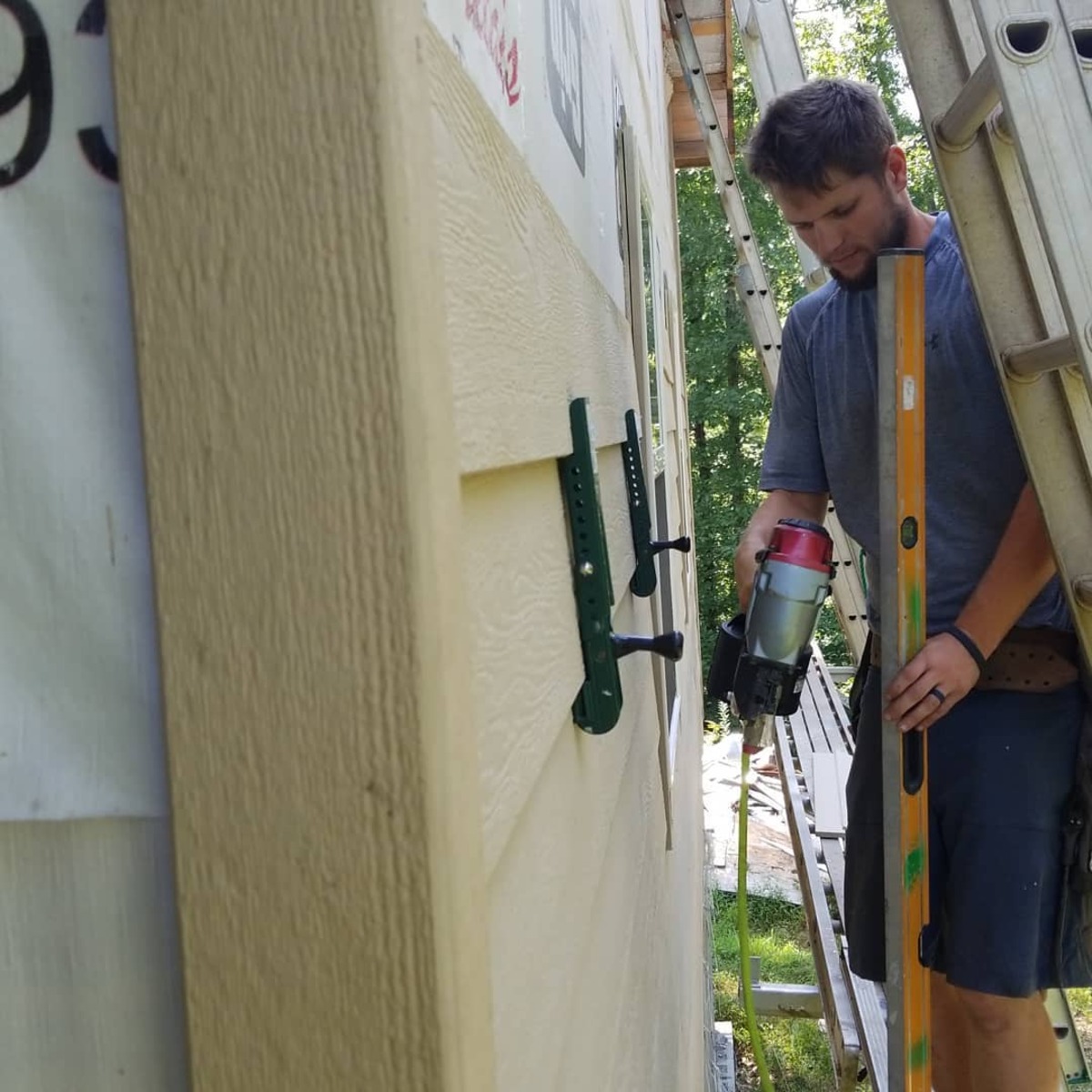

Articles
How To Take Care Of Wood Siding
Modified: October 28, 2024
Learn effective ways to maintain and protect wood siding with our informative articles. Discover the best techniques for long-lasting care.
(Many of the links in this article redirect to a specific reviewed product. Your purchase of these products through affiliate links helps to generate commission for Storables.com, at no extra cost. Learn more)
Introduction
Welcome to our comprehensive guide on how to take care of wood siding. Wood siding is a popular choice among homeowners due to its timeless beauty and natural charm. Whether you have cedar, pine, or another type of wood siding, proper care and maintenance are essential to prolong its lifespan and keep it looking its best.
In this article, we will explore various methods and techniques to clean, protect, and maintain wood siding, ensuring that it remains durable and appealing for years to come. From preventing moisture damage to refreshing the finish, we will cover all aspects of wood siding care.
Wood siding requires regular attention and care, as it is exposed to the elements and can be susceptible to weathering, rot, and other issues if not properly maintained. By following the advice and tips in this guide, you will be able to protect your wood siding investment and enjoy its natural beauty for a longer period.
Without further ado, let’s dive into the world of wood siding care and discover how to keep your home looking stunning and well-maintained.
Key Takeaways:
- Proper care and maintenance of wood siding is essential to preserve its natural beauty and longevity. Regular cleaning, preventing moisture damage, and addressing repairs promptly are key to ensuring the durability of wood siding.
- Understanding the characteristics and specific maintenance requirements of wood siding is crucial for effective care. From cleaning and protecting against sunlight to regular maintenance inspections and sealing, proactive measures are essential for preserving the beauty and lifespan of wood siding.
Read more: How To Clean Wood Siding
Understanding Wood Siding
Before we delve into the care and maintenance of wood siding, it is essential to understand its characteristics and benefits. Wood siding is a popular choice for homeowners due to its natural beauty, versatility, and ability to enhance the overall aesthetics of a home.
There are various types of wood that are commonly used for siding purposes, including cedar, pine, redwood, and cypress. Each type has its own unique characteristics and grain patterns, which contribute to the overall appearance of the siding.
One of the key benefits of wood siding is its ability to provide excellent insulation, helping to regulate temperature and reduce energy consumption. Additionally, wood siding is known for its durability and long lifespan when properly maintained.
However, it’s important to note that wood siding is susceptible to damage from moisture, sunlight, pests, and other factors. Therefore, regular maintenance and care are vital to prevent issues such as rot, warping, cracking, and fading.
Prior to starting any maintenance or cleaning routine, it’s crucial to identify the type of wood siding you have and its specific maintenance requirements. Consult the manufacturer’s guidelines or seek advice from professionals to ensure you’re using the correct cleaning products and techniques.
Understanding the characteristics and maintenance needs of your wood siding will lay the foundation for effective care. With this knowledge in mind, let’s explore the various steps involved in maintaining and preserving the beauty of your wood siding.
Cleaning and Washing Wood Siding
Keeping your wood siding clean is crucial for maintaining its appearance and preventing damage. Over time, dirt, debris, mold, and mildew can accumulate on the surface, causing discoloration and potential deterioration.
Here are the steps to follow for cleaning and washing your wood siding:
- Preparation: Before you begin, remove any plants, furniture, or obstacles near the siding to prevent damage or interference during the cleaning process.
- Gentle cleaning solution: Mix a solution of mild detergent or dish soap with warm water in a bucket. Avoid harsh chemicals or bleach, as they can damage the wood.
- Test a small area: Before applying the cleaning solution to the entire siding, test it on a small, inconspicuous area to ensure it does not cause any adverse reactions or discoloration.
- Apply the solution: Use a soft-bristle brush, sponge, or cloth to apply the cleaning solution to the wood siding. Start from the bottom and work your way up to avoid streaking.
- Gently scrub: Gently scrub the surface using circular motions, paying attention to any areas with stains or stubborn dirt. Avoid applying excessive pressure, as it can damage the wood fibers.
- Rinse: Rinse the siding thoroughly with a garden hose or pressure washer on low settings. Ensure that you rinse from top to bottom to remove all the detergent residue.
- Drying: Allow the siding to dry completely before proceeding with any further maintenance or treatments. Avoid direct sunlight, as it can cause the wood to warp or crack.
It is recommended to clean your wood siding at least once or twice a year, depending on the climate and the amount of dirt and debris it is exposed to. Regular cleaning will help maintain the integrity and appearance of your wood siding, ensuring its longevity and beauty.
By following these cleaning steps, you can effectively remove dirt, grime, and mold from your wood siding, restoring its natural luster and preserving its charm.
Preventing Damage from Moisture
Moisture is one of the biggest threats to wood siding. Over time, excessive moisture can lead to rot, mold growth, and structural damage. Therefore, it is important to take proactive measures to prevent and minimize moisture-related issues.
Here are some steps you can take to protect your wood siding from moisture damage:
- Inspect for leaks: Regularly inspect the exterior of your home, paying close attention to areas around windows, doors, and vents. A leaking roof or faulty plumbing can result in water seeping into the walls and causing damage to the wood siding. Address any leaks promptly to prevent further moisture infiltration.
- Maintain proper drainage: Ensure that your gutters and downspouts are functioning properly and directing water away from the siding. Clogged gutters can lead to water overflowing and seeping into the wood. Clean your gutters regularly and make sure they are free of debris.
- Seal gaps and cracks: Inspect the wood siding for any gaps, cracks, or openings. Use caulk or sealant to fill these gaps, ensuring a tight seal and preventing water from entering. Regularly monitor the condition of the seals and reapply as needed.
- Improve ventilation: Good air circulation is essential for preventing moisture buildup. Make sure that your home has proper ventilation, especially in areas prone to high humidity, such as bathrooms and kitchens. Consider installing vents or fans to improve airflow and reduce moisture levels.
- Apply a water repellent: Consider applying a water repellent or sealer to the wood siding. These products help create a protective barrier against moisture, allowing the wood to breathe while minimizing water absorption. Follow the manufacturer’s instructions for application and reapplication.
By regularly inspecting your wood siding, maintaining proper drainage, sealing gaps, improving ventilation, and applying water repellents, you can significantly reduce the risk of moisture damage. Preventing moisture infiltration is crucial for preserving the integrity and longevity of your wood siding, ensuring that it remains strong and beautiful for years to come.
Protecting Wood Siding from Sunlight
Sunlight can cause significant damage to wood siding over time. Prolonged exposure to UV rays can result in color fading, drying out of the wood, and even warping or cracking. Therefore, it is important to take measures to protect your wood siding from the harmful effects of sunlight.
Here are some steps you can take to safeguard your wood siding from the sun:
- Apply a protective finish: Consider applying a protective finish to your wood siding. This can be in the form of paint, stain, or clear sealant. These finishes provide a barrier against UV rays and help prevent sun damage. Choose a product that is specifically formulated for exterior wood and follow the manufacturer’s instructions for application.
- Choose light-colored finishes: Light-colored paints or stains can help reflect sunlight and reduce heat absorption. Dark-colored finishes tend to absorb more heat, which can lead to expansion and contraction of the wood. Opting for lighter shades can help minimize the impact of sunlight on your wood siding.
- Provide shade: Consider installing awnings, pergolas, or other structures to provide shade for your wood siding. This will reduce direct exposure to sunlight and minimize the risk of sun damage. Additionally, planting trees or strategically placing landscaping elements can also provide natural shade and protection.
- Regularly inspect and maintain: Regularly inspect your wood siding for any signs of sun damage. Look for signs of fading, peeling, or cracking in the finish. If you notice any issues, take prompt action to address them. This may involve repainting or reapplying a protective finish to maintain the integrity of the wood.
- Consider window film: If your wood siding is located near large windows or glass doors, consider installing UV-protective window film. This film helps reduce the amount of UV radiation entering your home, which can minimize the impact of sunlight on your wood siding.
By applying a protective finish, choosing light-colored finishes, providing shade, regularly inspecting and maintaining, and considering window film, you can effectively safeguard your wood siding from the damaging effects of sunlight. Taking these measures will help preserve the beauty and longevity of your wood siding, allowing it to withstand the test of time and maintain its luster.
Read more: How To Install Wood Siding
Regular Maintenance and Inspection
Regular maintenance and inspection are crucial for keeping your wood siding in optimal condition. By staying proactive and addressing any issues promptly, you can prevent small problems from escalating into bigger and more costly repairs. Here are some essential maintenance and inspection tasks:
- Clean the siding: As mentioned earlier, regular cleaning is necessary to remove dirt, debris, and mold. Follow the cleaning steps outlined in section 2 to keep your wood siding looking its best.
- Inspect for damage: Conduct regular inspections of your wood siding to identify any signs of damage. Look out for areas with rot, cracks, warping, or loose boards. Address these issues promptly to prevent further deterioration and water infiltration.
- Check for pests: Wood siding can be an attractive target for pests such as termites, carpenter ants, and bees. Regularly inspect the siding for any signs of pest infestation, such as holes or sawdust. If you suspect a pest problem, consult a professional exterminator to take appropriate measures.
- Trim vegetation: Keep vegetation, such as trees and shrubs, trimmed and away from the wood siding. Overgrown foliage can provide a pathway for moisture, insects, and mold to reach the siding. Trim branches that are touching or in close proximity to the siding to minimize these risks.
- Monitor caulking and seals: Check the condition of the caulking and seals around windows, doors, and other openings. Over time, these can deteriorate, leading to water infiltration. Replace any worn-out or damaged caulking to maintain a watertight seal.
- Inspect paint or stain: If your wood siding has been painted or stained, regularly inspect the finish for signs of peeling, cracking, or fading. These issues can leave the wood susceptible to damage. Touch up or repaint as necessary to protect the siding.
- Trim tree branches: If you have trees near your home, trim branches that hang over the wood siding. Falling branches or debris can damage the siding and compromise its integrity.
By incorporating these maintenance tasks into your routine, you can keep your wood siding in excellent condition. Regular inspections and proactive maintenance will help identify and address any issues before they escalate, ensuring the longevity and aesthetics of your wood siding.
Repairing Damaged Wood Siding
Over time, wood siding may experience various types of damage, such as rot, cracks, or missing boards. It is important to address these issues promptly to prevent further deterioration and maintain the integrity of your siding. Here’s a step-by-step guide on repairing damaged wood siding:
- Assess the damage: Begin by inspecting the extent of the damage. Identify areas with rot, cracks, or missing sections. Determine whether the damage is superficial or if it has affected the structural integrity of the siding.
- Remove damaged sections: Use a pry bar or hammer and chisel to carefully remove the damaged sections of siding. Take care not to cause further damage to the surrounding areas.
- Replace with new siding: Cut a replacement piece of siding to the appropriate size. Ensure that the new piece matches the profile and color of the existing siding as closely as possible. Attach the new piece securely using nails or screws, following the same pattern as the surrounding siding.
- Address rot: If there is rot present, you may need to remove more extensive sections of siding. Use a saw to cut away the rotted portions, making sure to reach the healthy wood. Treat the remaining wood with a wood preservative or anti-fungal solution before installing replacement siding.
- Fill cracks: For smaller cracks, you can use a wood filler or epoxy putty to fill in the damaged areas. Follow the manufacturer’s instructions for application and drying time. Sand the filled areas to achieve a smooth surface before refinishing.
- Refinish the repaired area: Once the repairs are complete, sand the repaired area to blend it with the surrounding siding. Apply a primer, allow it to dry, and then repaint or reapply the protective finish to match the rest of the siding.
It’s important to note that extensive or structural damage may require the expertise of a professional contractor or carpenter. If you are unsure about the extent of the damage or do not have the necessary skills, it is recommended to seek professional help.
By following these steps and addressing damage in a timely manner, you can restore the integrity and appearance of your wood siding, ensuring its longevity and preserving the beauty of your home.
Regularly inspect and clean your wood siding to prevent mold and mildew growth. Use a soft brush and mild detergent to gently scrub the surface, and rinse thoroughly with water. This will help maintain the appearance and longevity of your wood siding.
Refreshing the Finish of Wood Siding
Over time, the finish on wood siding can begin to wear down and lose its luster. Refreshing the finish is an effective way to revive the appearance of your wood siding and provide added protection against the elements. Here’s how you can refresh the finish of your wood siding:
- Clean the siding: Before applying any new finish, it is important to clean the siding thoroughly to remove dirt, dust, and debris. Follow the cleaning steps mentioned in section 2 to ensure a clean surface for the new finish application.
- Sand the surface: Use sandpaper or a power sander to smooth out any rough or uneven areas on the wood siding. Sanding will not only prepare the surface for the new finish but also remove any remnants of the old finish or paint.
- Select the appropriate finish: Choose a finish that is specifically designed for exterior wood siding. Options include paint, stain, or clear sealant. Consider the desired look and protection level you want to achieve when selecting the finish.
- Apply the finish: Follow the manufacturer’s instructions for applying the chosen finish. Use a brush or roller to apply an even coat in the direction of the wood grain. Make sure to cover the entire surface of the siding and pay particular attention to the edges and corners.
- Allow drying and cure time: Give the finish ample time to dry and cure before exposing it to moisture or sunlight. Follow the recommended drying and cure times provided by the manufacturer.
- Inspect and touch up: Once the initial coat has dried, inspect the siding for any missed spots or uneven areas. Touch up any imperfections by applying additional finish as needed.
Refreshing the finish of your wood siding not only improves its appearance but also provides an added layer of protection against moisture, UV rays, and other elements. Regularly refreshing the finish will help extend the lifespan of your wood siding and keep it looking vibrant and well-maintained.
If you are unsure about the process or want the best results, consult a professional painter or contractor who specializes in wood siding to ensure a high-quality finish that enhances the beauty and longevity of your siding.
Painting or Staining Wood Siding
Painting or staining your wood siding is not only a way to enhance its appearance but also provides added protection and durability. Both painting and staining can be effective options, depending on your desired aesthetic and maintenance requirements. Here’s a guide to painting or staining your wood siding:
Painting:
Painting your wood siding gives you the ability to completely change its color and create a uniform look. Here are the steps to follow when painting your wood siding:
- Prepare the surface: Clean the siding thoroughly to remove dirt, dust, and debris. Repair any damaged areas and ensure the surface is smooth and free from major imperfections.
- Prime the siding: Apply a primer specifically formulated for exterior wood siding. The primer helps seal the wood and provides a better surface for the paint to adhere to. Follow the manufacturer’s instructions for application and drying time.
- Choose the paint: Select a high-quality exterior paint that is recommended for wood siding. Consider factors such as weather resistance, UV protection, and durability. Opt for a paint color that complements your home’s style and architectural features.
- Apply the paint: Use a paintbrush or roller to apply the paint evenly, working in the direction of the wood grain. Apply multiple thin coats, allowing each coat to dry before applying the next. Pay attention to details, such as corners and edges, to ensure thorough coverage.
- Allow drying and cure time: Follow the manufacturer’s instructions for drying and cure time. It is crucial to let the paint fully dry and cure before exposing it to moisture or sunlight.
Staining:
Staining allows the natural beauty of the wood grain to show through while adding color and protection. Here’s how to stain your wood siding:
- Prepare the surface: Clean the siding thoroughly and ensure it is free from dirt, dust, and debris. Repair any damaged areas and make sure the surface is smooth.
- Choose the stain: Select an exterior wood stain that is suitable for your type of wood siding. Consider factors such as color, transparency, and UV protection.
- Apply the stain: Use a brush, roller, or sprayer to apply the stain evenly in the direction of the wood grain. Work in small sections and ensure that the stain is absorbed into the wood. Wipe off any excess stain with a clean cloth.
- Allow drying and cure time: Follow the manufacturer’s instructions for drying and cure time. The stain needs to fully penetrate and dry before subjecting it to moisture or sunlight.
Whether you choose to paint or stain your wood siding, regular maintenance, such as cleaning and touching up as needed, will help preserve the appearance and protection of the finish. Consult the manufacturer’s guidelines for specific recommendations on maintaining painted or stained wood siding.
If you’re unsure about the process or want professional results, consider hiring a painting contractor or professional who specializes in wood siding to ensure a high-quality finish that enhances the beauty and longevity of your siding.
Sealing and Weatherproofing Wood Siding
Sealing and weatherproofing your wood siding is essential to protect it from the elements and preserve its longevity. By creating a barrier against moisture, UV rays, and other environmental factors, you can prevent damage and maintain the beauty of your siding. Here’s a guide on how to seal and weatherproof your wood siding:
- Clean the siding: Thoroughly clean the siding to remove dirt, debris, and mildew. Use a mild detergent or specialized wood cleaner, along with a brush or pressure washer, to ensure a clean surface.
- Inspect for damage: Check for any existing damage, such as rot, cracks, or loose boards. Repair or replace any damaged sections before proceeding with sealing and weatherproofing.
- Choose the right product: Select a high-quality exterior wood sealer or weatherproofing product that is specifically designed for your type of wood siding. Consider factors such as durability, UV protection, and water resistance.
- Apply the sealer: Follow the manufacturer’s instructions for application. Use a brush, roller, or sprayer to apply an even coat of sealer to the wood siding. Pay close attention to any areas prone to moisture infiltration, such as joints and edges.
- Allow drying time: Give the sealer ample time to dry and cure. Follow the recommended drying time provided by the manufacturer. Avoid exposing the freshly sealed siding to moisture or sunlight until it has fully dried.
- Consider additional layers: Depending on the type of sealer or weatherproofing product you are using, you may need to apply multiple coats for maximum protection. Follow the manufacturer’s instructions regarding the number of coats and drying time between each layer.
- Regular maintenance: Periodically inspect the sealed siding for any signs of wear or damage. Touch up any areas that may have worn off or been compromised. Clean the siding regularly to prevent the buildup of dirt and debris.
Sealing and weatherproofing your wood siding not only protects it from moisture, UV rays, and other weather elements but can also enhance its beauty and lifespan. Regular maintenance and reapplication of sealer as needed will help ensure the long-term durability and aesthetic appeal of your wood siding.
If you’re unsure about which sealing or weatherproofing product to use or how to properly apply it, consult with a professional in wood siding maintenance or a local hardware store for advice and recommendations.
Conclusion
Caring for your wood siding is essential for maintaining its beauty, protecting its integrity, and ensuring its longevity. By following the steps outlined in this comprehensive guide, you can effectively clean, protect, and maintain your wood siding.
Understanding the characteristics of wood siding and its specific maintenance requirements is the first step in proper care. Regular cleaning, preventing moisture damage, protecting against sunlight, and conducting regular maintenance inspections are crucial for keeping your wood siding in optimal condition.
When damage occurs, promptly addressing it through repairs or refreshing the finish can prevent further deterioration and maintain the overall aesthetics of your siding. Painting or staining your wood siding can offer additional protection and create a customized look.
Sealing and weatherproofing the wood siding is the final line of defense against environmental elements, providing a barrier to keep moisture, UV rays, and other factors from causing damage.
Regular maintenance, attention to detail, and proactive care are key in preserving the beauty and lifespan of your wood siding. By incorporating these practices into your routine, you can enjoy a stunning and well-maintained wood siding that enhances the overall appearance and value of your home.
Remember to consult the manufacturer’s guidelines and seek professional assistance when needed to ensure that you are using the correct products and techniques for your specific type of wood siding.
Take pride in your wood siding investment and enjoy the timeless beauty and charm it brings to your home with proper care and maintenance.
Frequently Asked Questions about How To Take Care Of Wood Siding
Was this page helpful?
At Storables.com, we guarantee accurate and reliable information. Our content, validated by Expert Board Contributors, is crafted following stringent Editorial Policies. We're committed to providing you with well-researched, expert-backed insights for all your informational needs.
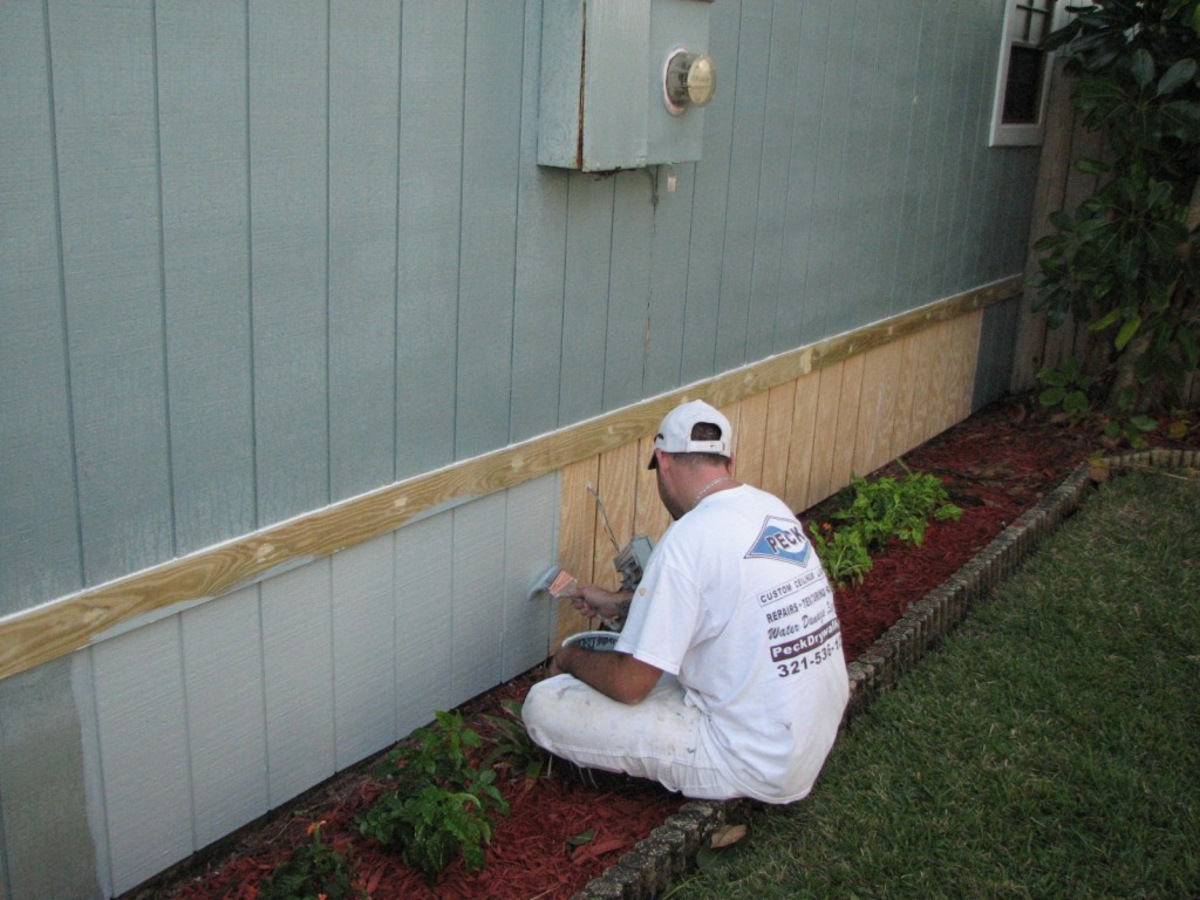
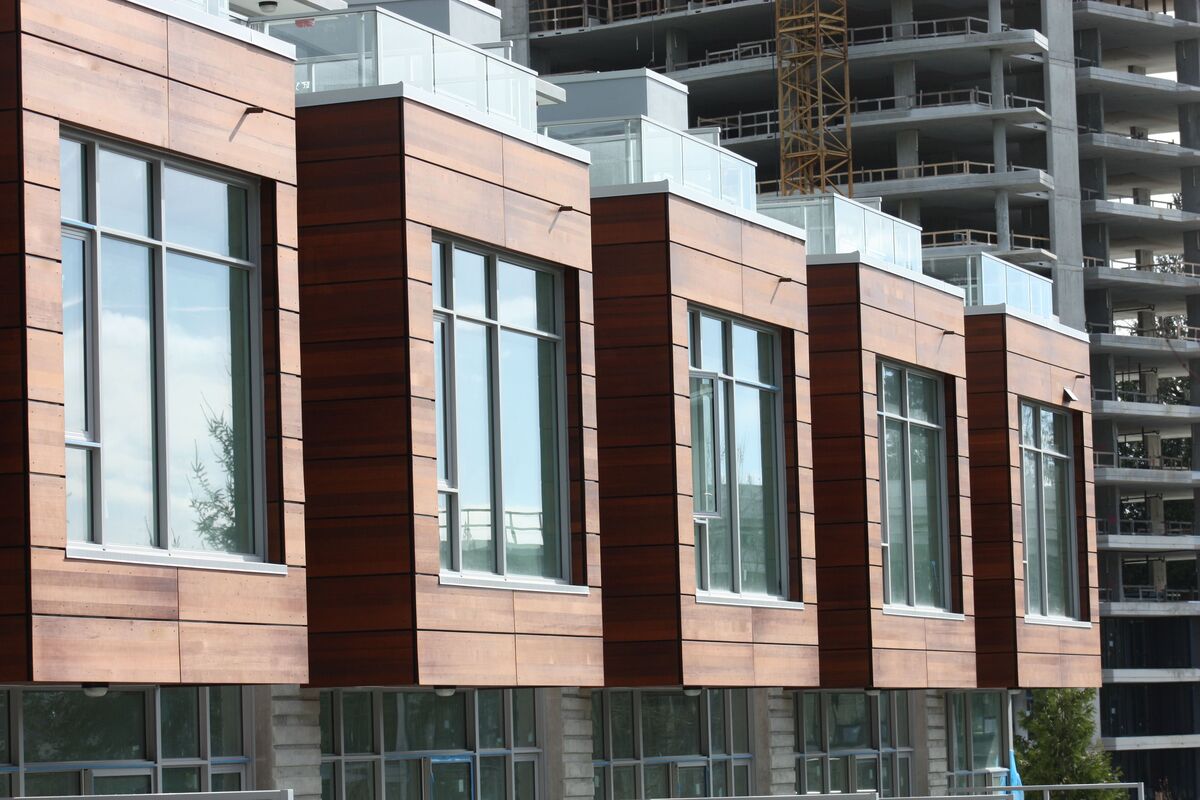
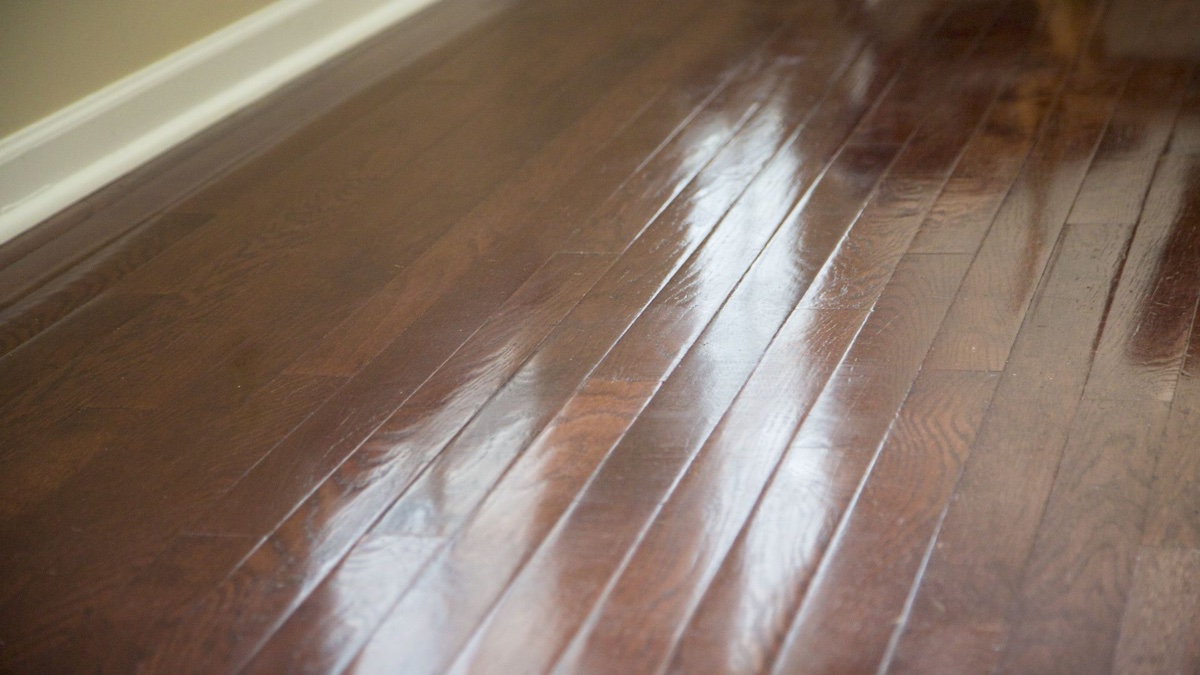
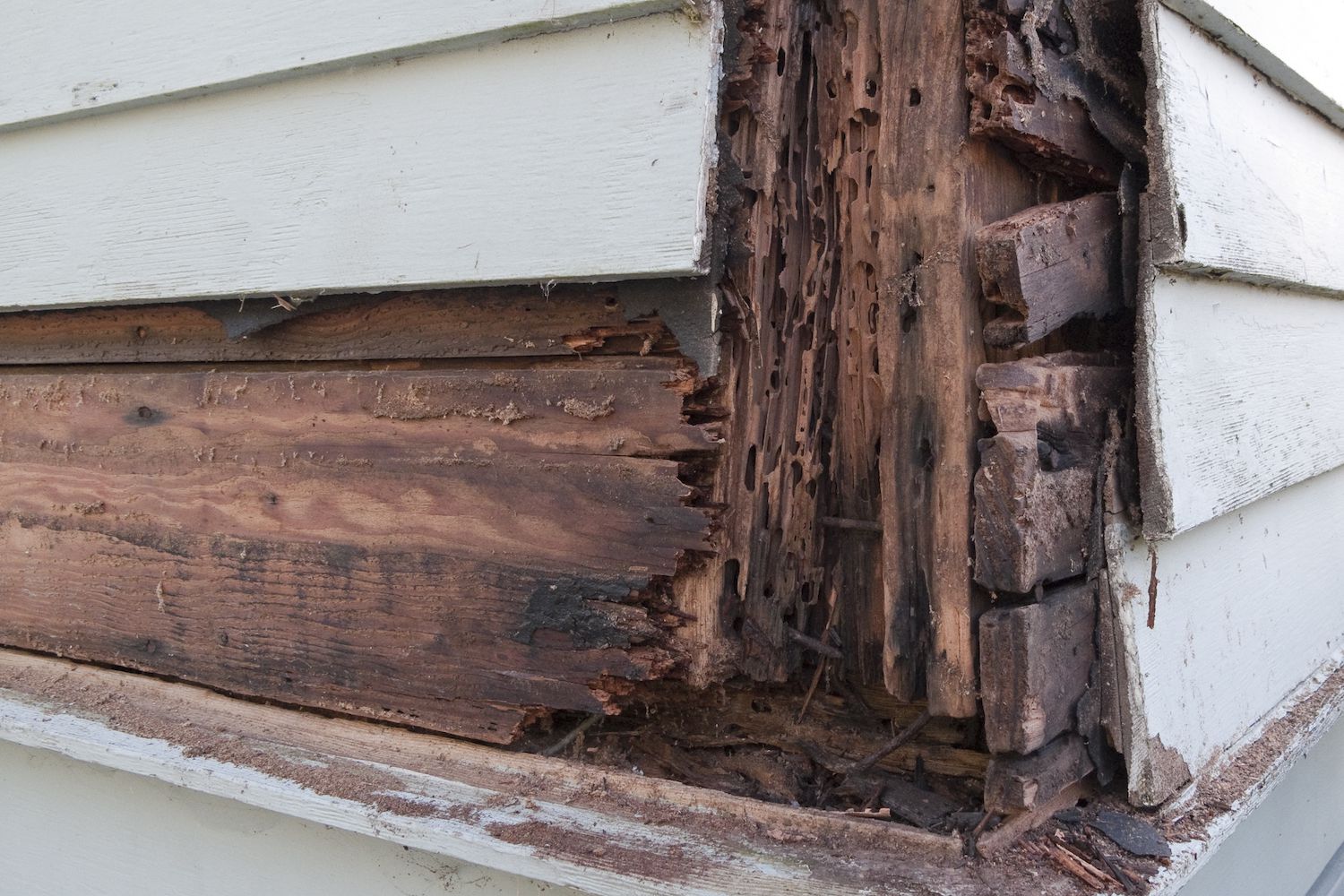
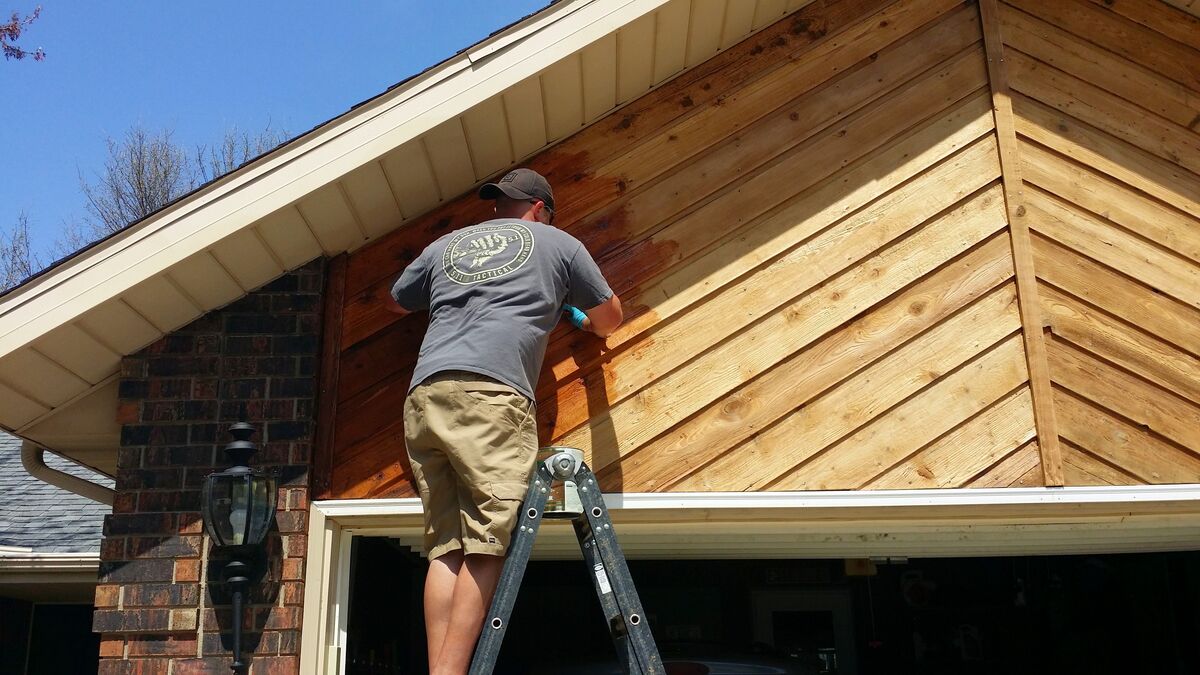
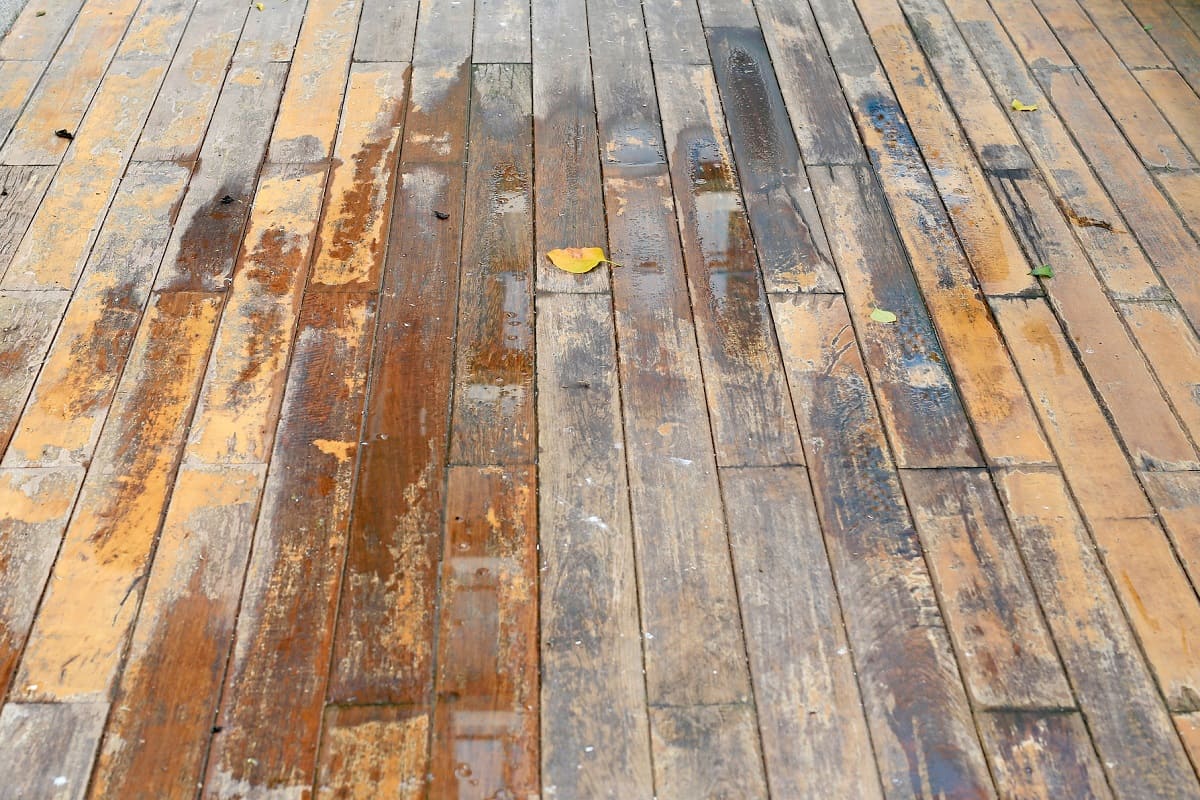
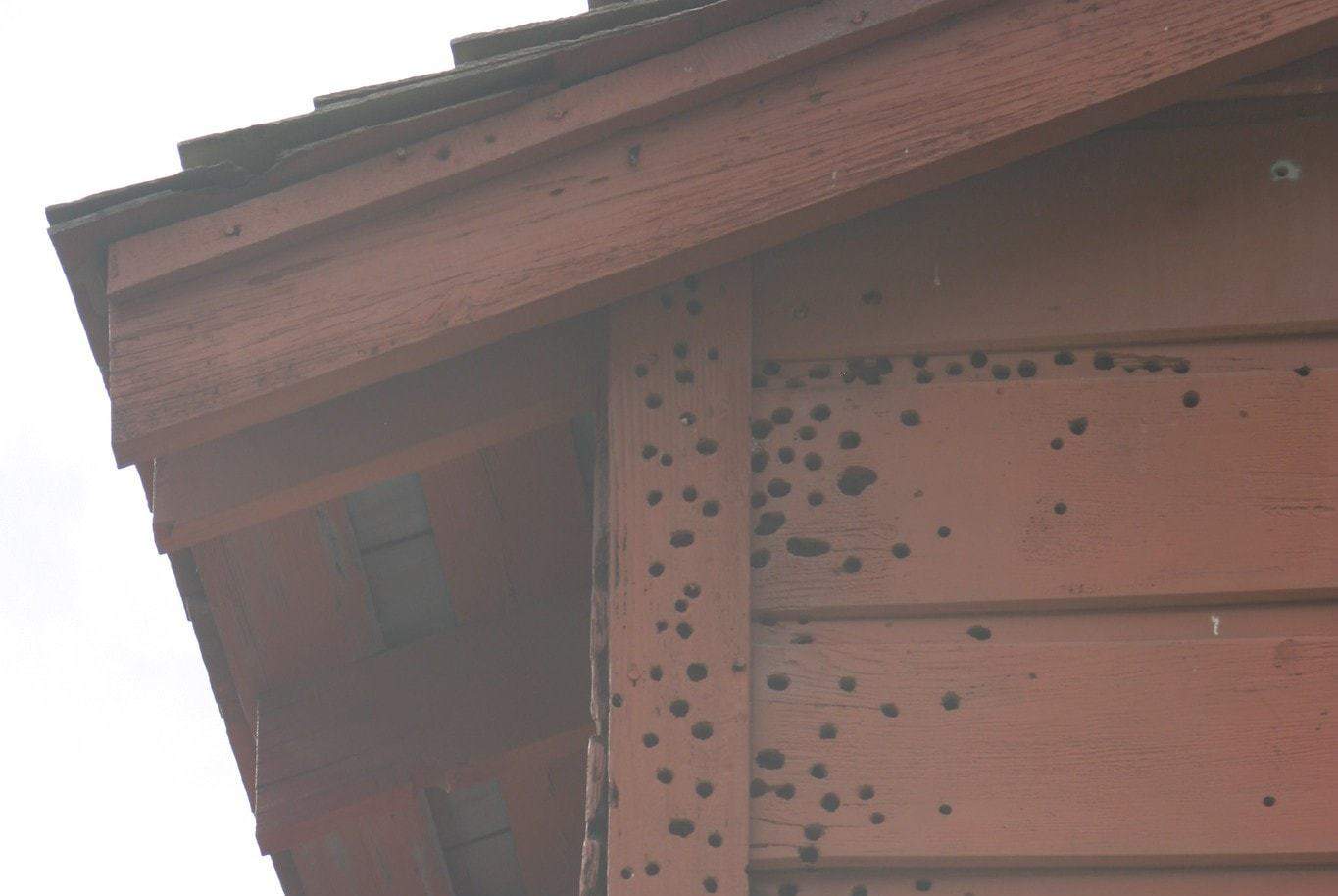
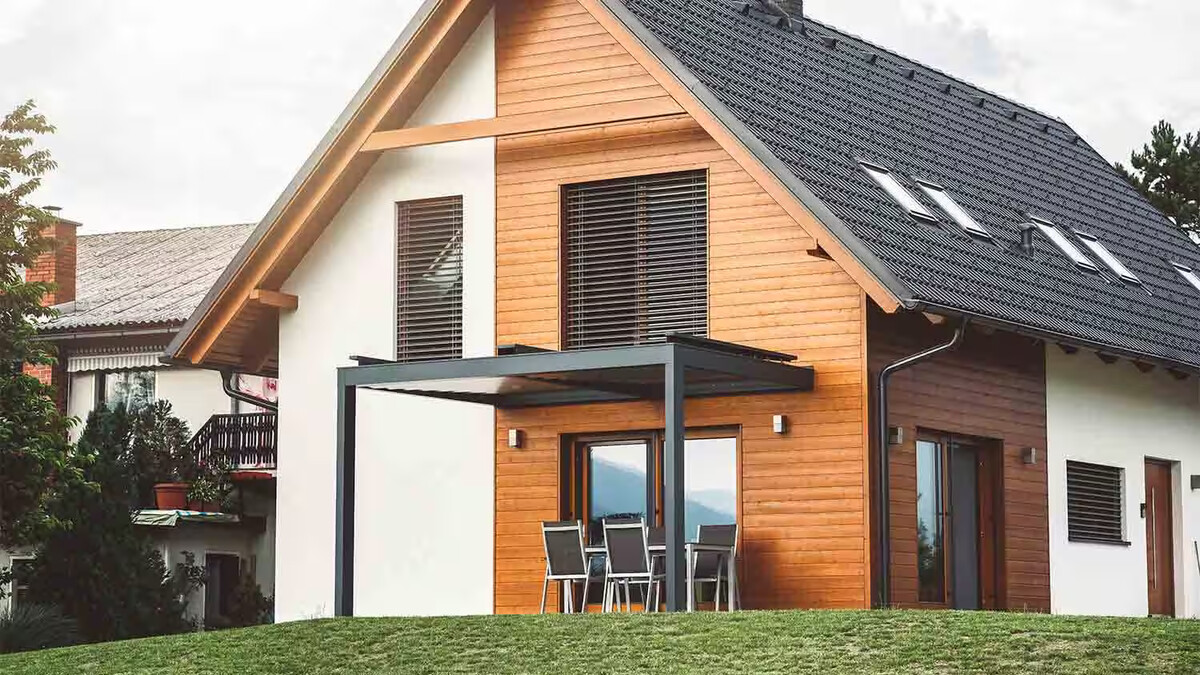

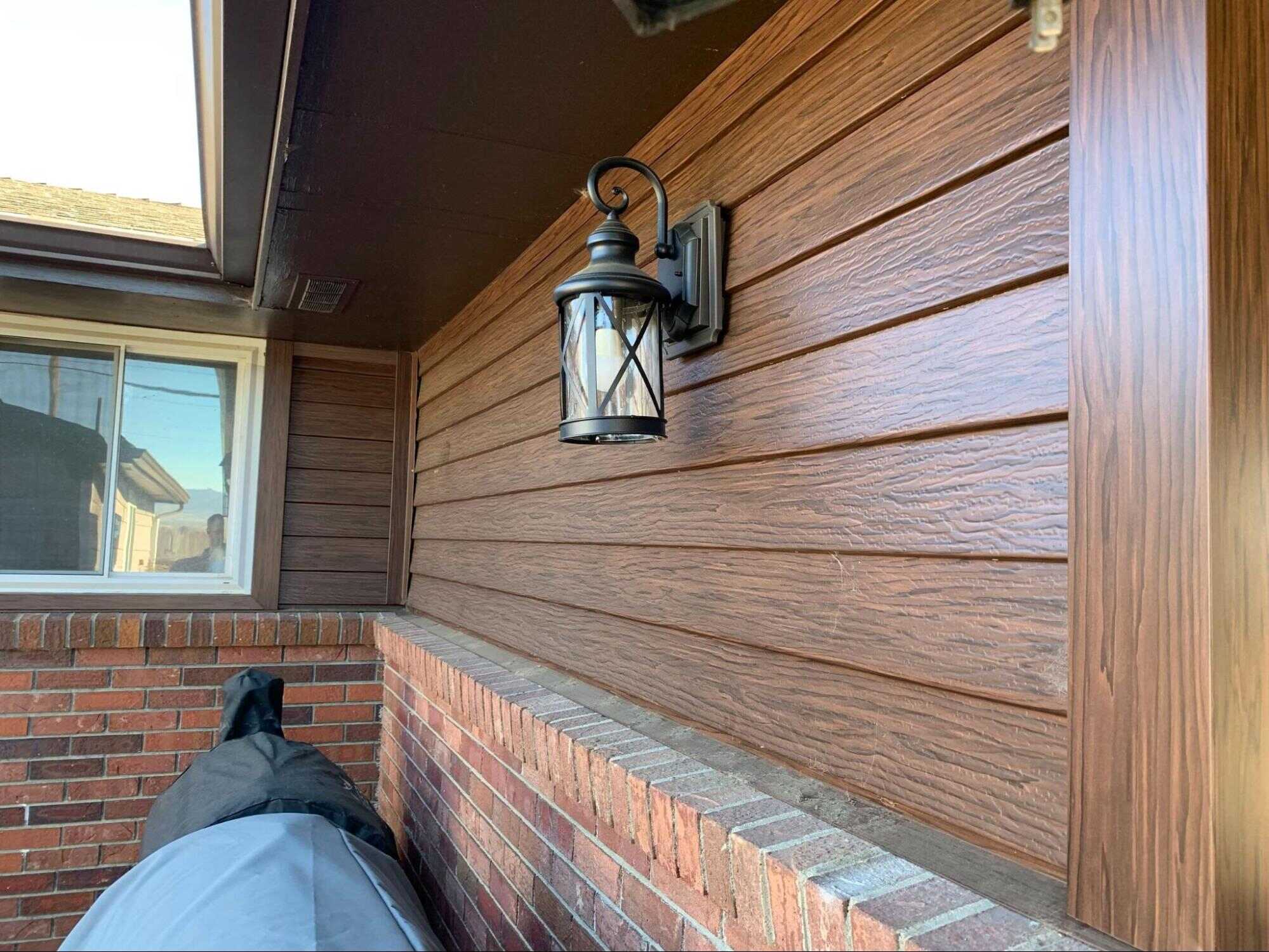
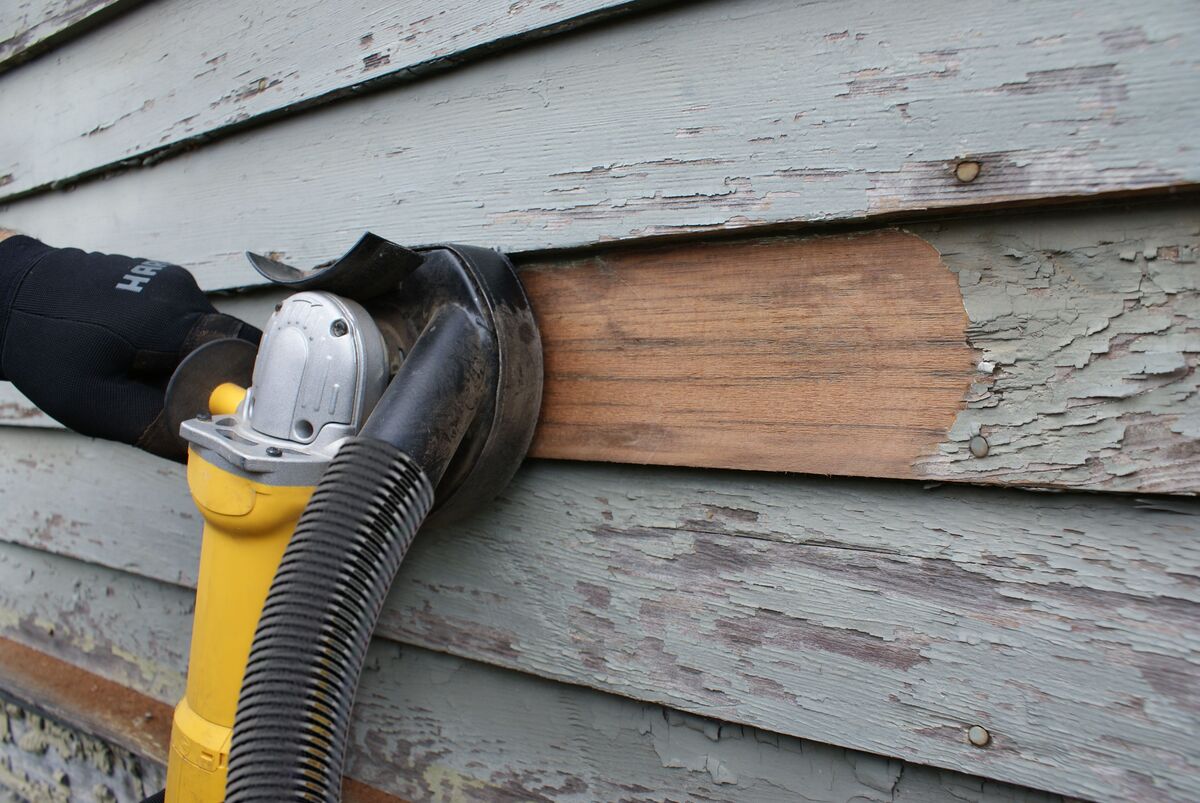
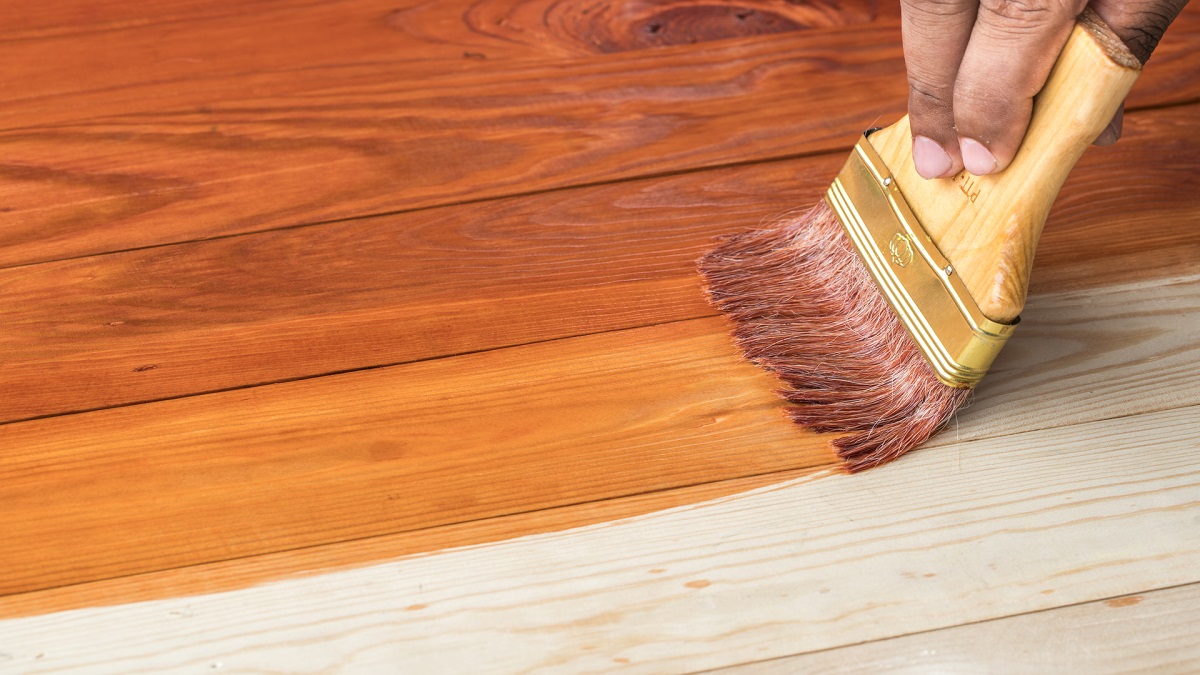
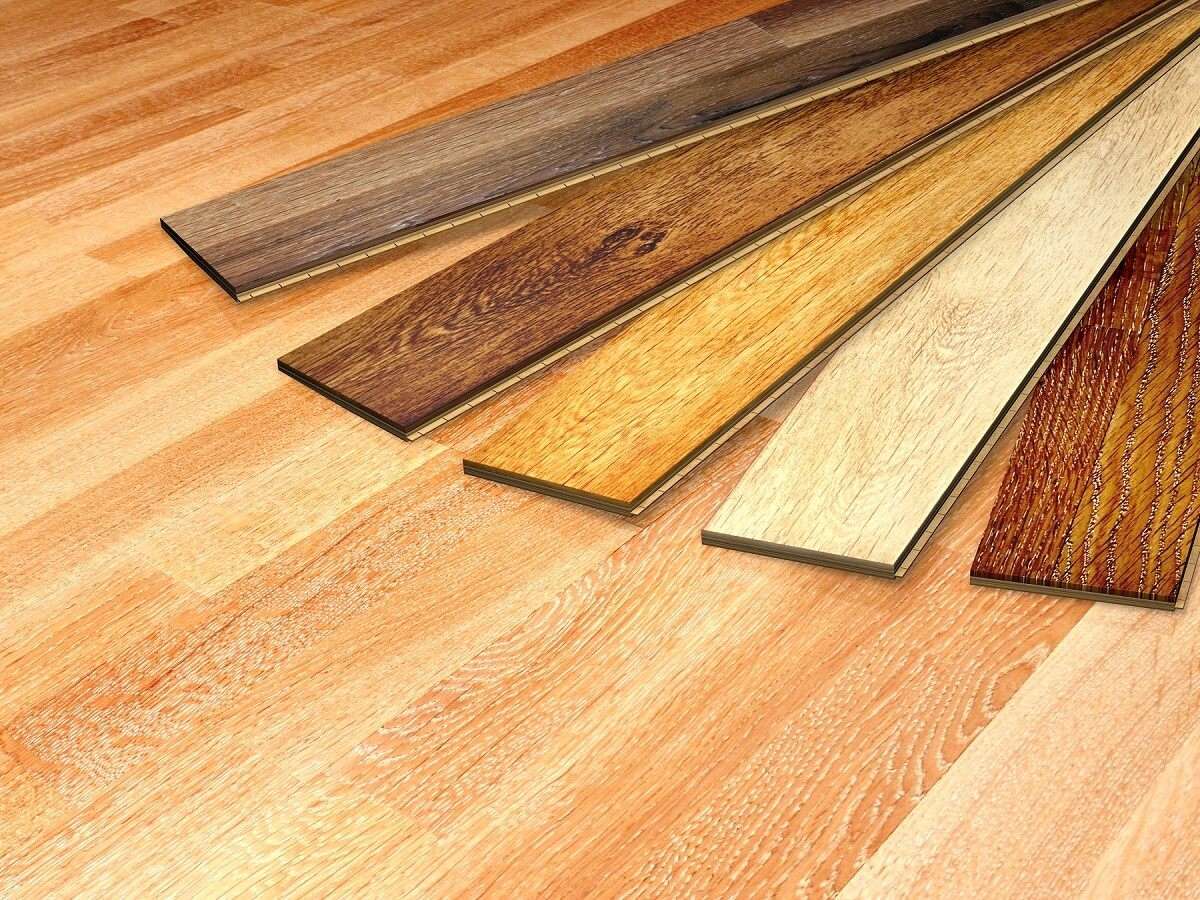

0 thoughts on “How To Take Care Of Wood Siding”